NVIDIA's H20 Returns, Offering a Temporary Respite to Chinese Auto Firms
![]() 07/25 2025
07/25 2025
![]() 499
499
Lead
Amidst the ongoing Sino-US trade war, NVIDIA's H20 chip has once again emerged as a pivotal point of contention. However, with the US government temporarily lifting the export ban on H20 to China, China's high-performance AI chip sector has received a brief reprieve. Nonetheless, in the long run, domestic high-end chip producers must catch up and thoroughly address the technological bottlenecks that hinder development.
Produced by | Heyan Yueche Studio
Written by | Zhang Dachuan
Edited by | He Zi
Recently, NVIDIA CEO Jen-Hsun Huang publicly announced in an interview that the US government has approved NVIDIA's export license, allowing the company to resume selling H20 chips to the Chinese market. This marks a significant shift in attitude from the US government, which banned the sale of H20 chips to China in April this year. It is also a key component of the package agreement between China and the United States to resolve tariff disputes.
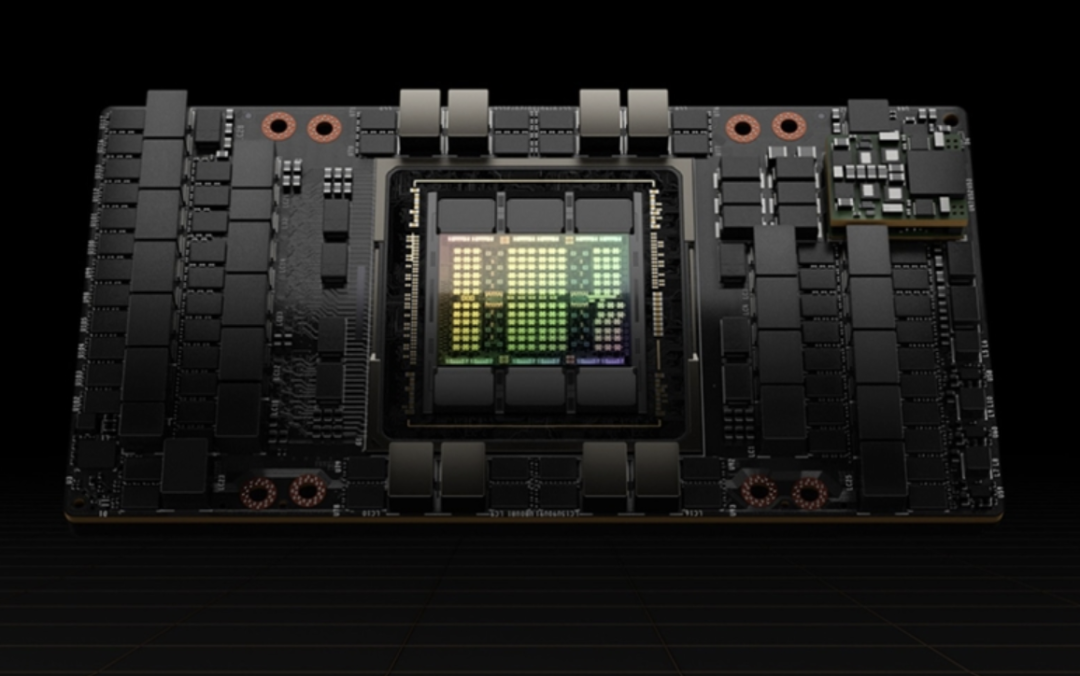
△NVIDIA's H20 chip will resume exports to China
The Journey of H20
In contrast to NVIDIA's A100 and H100/H200 chips, which have been subject to stringent export controls, H20 is an AI accelerator tailored by NVIDIA to meet US export control requirements for the Chinese market. Its overall specifications and requirements are fully aligned with the US government's expectations, initially making it exempt from export restrictions.
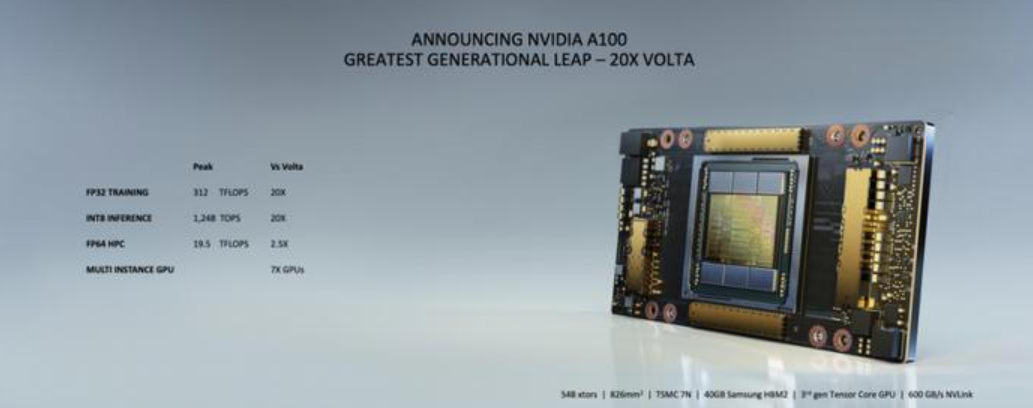
△H20 is NVIDIA's China-exclusive version, designed to bypass the US blockade on A100 and H100/H200 chips
H20 features advanced CoWoS packaging technology and inherits the Hopper architecture from the H100/H200 series. Notably, its video memory capacity has been expanded to 96GB HBM3, with a GPU memory bandwidth of 4.0TB/s. However, in terms of compute power, a crucial performance metric, H20's FP8 compute power stands at 296 TFLOPS, and its FP16 compute power is 148 TFLOPS, an 80% reduction compared to H100 and only 1/13 of the "most powerful" AI chip, H200. Nonetheless, H20's overall performance still surpasses Huawei's Ascend 910B. In response, many domestic companies have adopted strategies involving multiple H20 chips for parallel computing to compensate for the performance shortcomings of a single chip, currently the most viable solution in China.
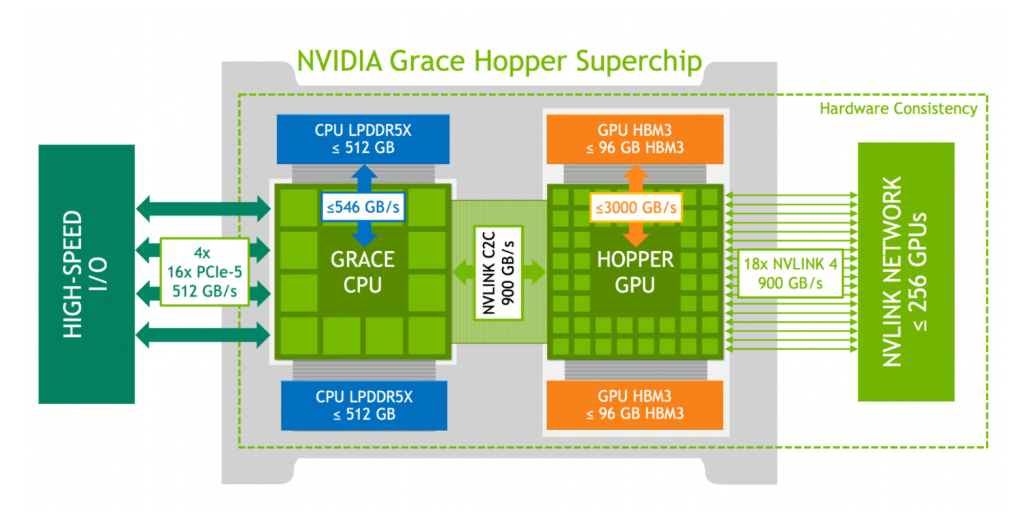
△Despite sharing the Hopper architecture, H20 lags behind its siblings in compute power
With the emergence of DeepSeek utilizing H20, the US realized that domestic large AI models could achieve functionality similar to OpenAI's leading ChatGPT with significantly less chip compute power. Consequently, the US government imposed restrictions on the H20 chip this year, terminating NVIDIA's export license for this chip to China. However, after multiple rounds of negotiations, the ban has now been lifted.
NVIDIA's Dominant Position
Since its inception, NVIDIA has been dedicated to the research and development of graphics processing units (GPUs), continuously evolving its technology. This capability in graphics recognition has not only positioned NVIDIA as a leader in gaming graphics cards but also given it a significant advantage over other chip companies in scenarios requiring graphic recognition and learning, such as autonomous driving.
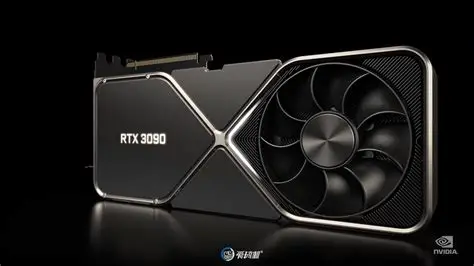
△NVIDIA's focus on graphics cards has fueled its leadership in the AI chip sector
In addition to the superior performance of its chips, NVIDIA's CUDA ecosystem is another cornerstone of its dominance. Currently, 90% of global AI models are developed using CUDA, making companies hesitant to switch from NVIDIA's ecosystem to others due to the time-consuming process of rewriting departmental code and the potential for system performance degradation and model performance deviations. For autonomous driving algorithms, even a 1% deviation in performance requires re-tuning of model parameters, resulting in significant workload and project delays.
Under these circumstances, companies are often reluctant to switch chip ecosystems, further solidifying NVIDIA's unrivaled position in the AI chip market.
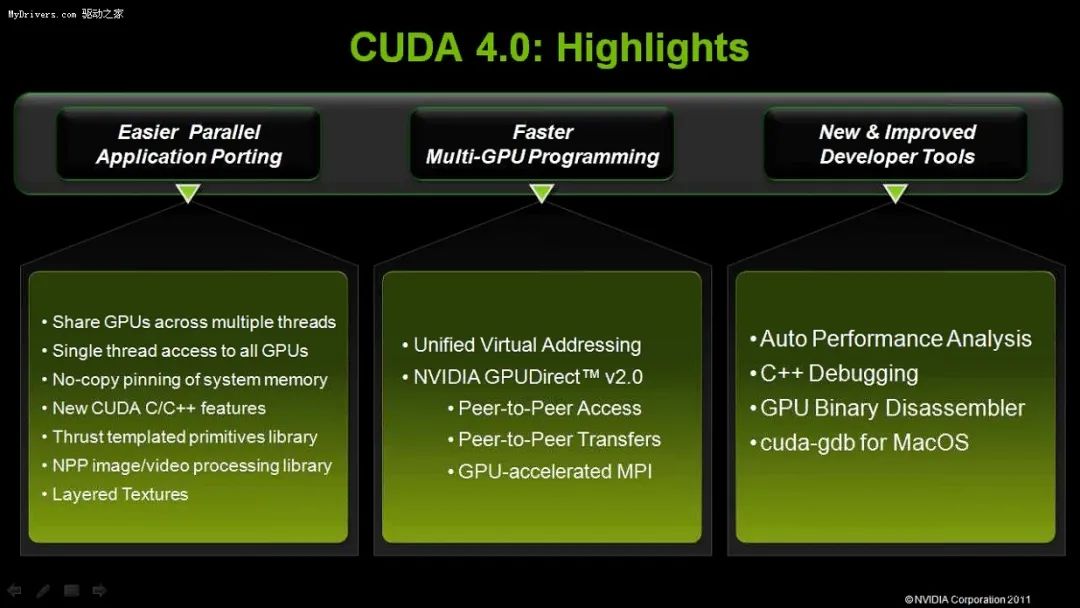
△The CUDA ecosystem is a key technological barrier to NVIDIA's global dominance
Chinese Autonomous Driving Companies Must Prepare for Dual Scenarios
For Chinese auto companies, the lifting of the ban on H20 chips allows them to revert to NVIDIA's technical route for chip solutions in autonomous driving supercomputing centers. However, using NVIDIA's H20-based autonomous driving cloud platform technology solution comes with its own technical limitations.
Compared to chips like the A100, H20's performance is significantly constrained. To mitigate this, domestic auto companies integrate multiple H20 graphics cards, compensating for the decline in single-card compute power by increasing the cluster scale effect. However, this approach not only extends the overall training time but also crucially, H20's design initially limited the scale of cluster expansion for users. The theoretical limit of H20 allows for only 50,000 cards to be combined, far less than the 200,000 for H100. Traditional rule-based autonomous driving algorithm code often spans hundreds of thousands of lines and is becoming increasingly complex; even end-to-end code with only a few thousand lines requires extensive training on vast amounts of real road data in the initial stages. These factors inherently constrain the future continued use of H20.

△Integrating multiple H20 chips carries inherent risks
Moreover, given the volatility of US policies, it is uncertain whether auto companies are still willing to invest heavily in H20 chips. Meanwhile, domestic alternative solutions are continually evolving. Huawei's Ascend 910C, which adopts a Chiplet dual-chip package, has achieved 60% of H100's performance and supports CUDA ecosystem migration. For powerful domestic leading enterprises, leveraging Huawei's Ascend platform alongside NVIDIA can significantly mitigate the risk of supply disruptions.
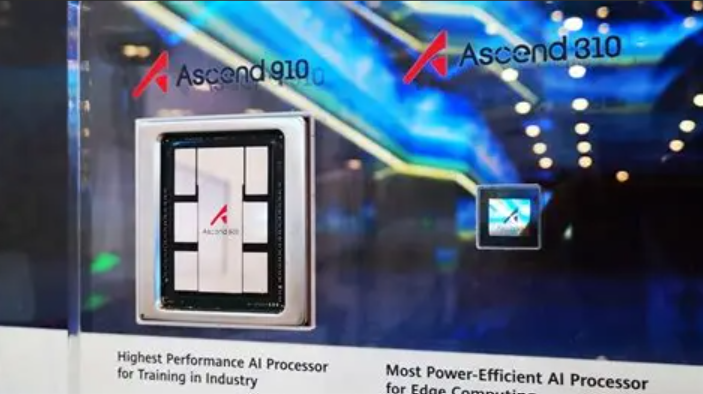
△Huawei Ascend 910C has witnessed significant performance improvements over its predecessor
Beyond AI high-performance computing chips like H20 used in intelligent driving clouds and data centers, domestic auto companies must also focus on intelligent driving chips installed in almost every vehicle. Disruptions in the supply of such chips pose a greater risk of business interruption. Chips like Orin-X and Thor have become prominent choices for high-level intelligent driving solutions for most domestic auto companies. In this field, domestic chip design companies, including Horizon Robotics, also offer "alternative solutions." Although these solutions temporarily lag behind foreign cutting-edge technology in terms of performance, they can meet current needs to a certain extent. However, upstream components such as EDA tools used in chip design and lithography machines for producing high-performance chips are still firmly controlled by foreign counterparts.
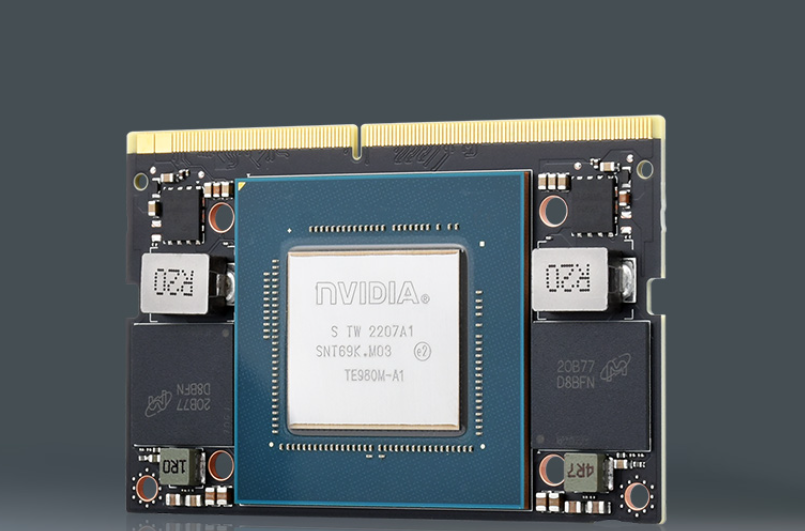
△High dependency on NVIDIA chips is a double-edged sword for domestic auto companies
Commentary
NVIDIA's H20 returning to the Chinese market offers a temporary reprieve to domestic auto companies and some large model firms. However, in the long run, domestic AI chip producers must accelerate technological iteration and upgrading, enabling related companies to utilize domestic chips to build their own autonomous driving clouds and realize autonomous driving technology. Additionally, domestic auto companies and autonomous driving technology firms need to learn from DeepSeek and leverage their strengths in software algorithms to compensate for hardware performance deficiencies. Only by addressing the technological bottlenecks that hinder development and embarking on the "Hua Shan" path of high-end chips can domestic auto companies and related enterprises truly compete with global auto giants on the world stage.
(This article is originally created by "Heyan Yueche" and may not be reproduced without authorization)





